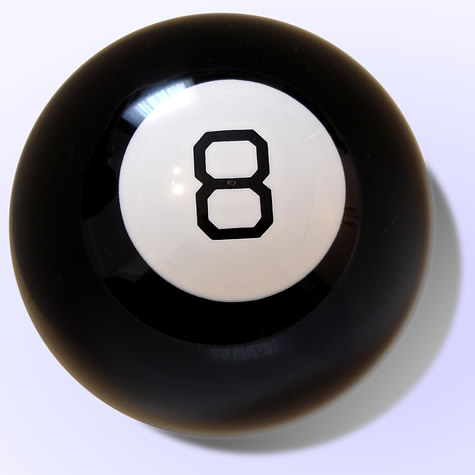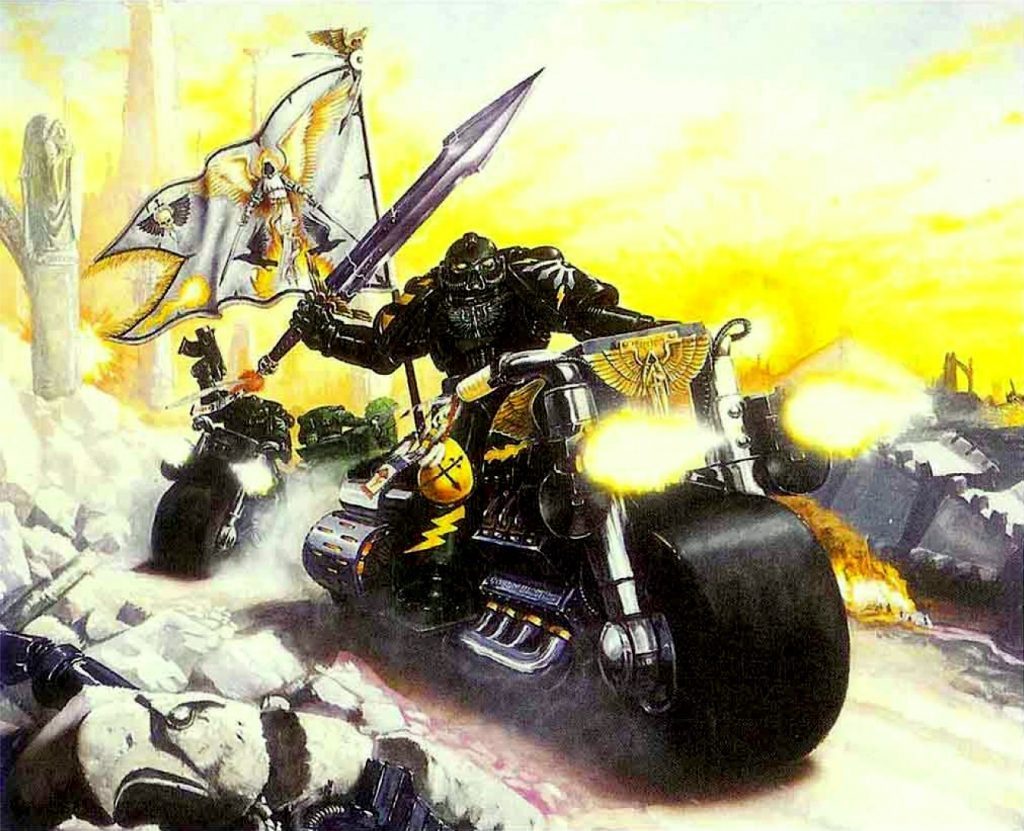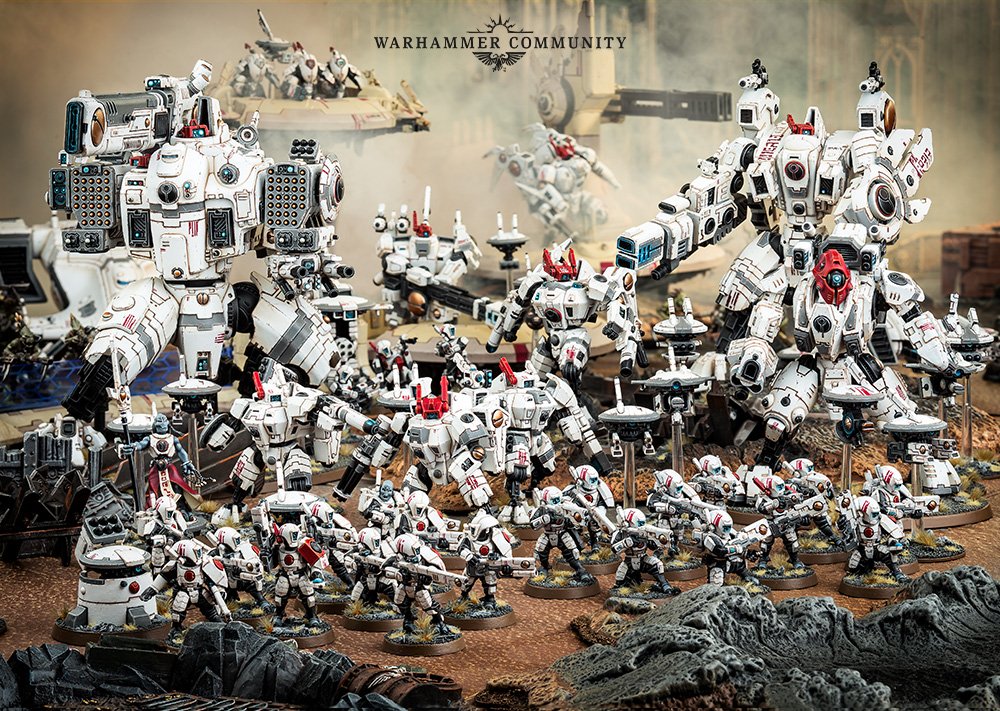Five finite flings favor fortune and fervor over feckless firepower; fools fear the flip, but foxy followers find foundational formulas fuseful.

A New Number
Although 9th Edition is, in many ways, just an update to 8th Edition in terms of the core rules, there are a number of very important changes that can easily fly under the radar because, at a first glance, they don’t seem like a big deal. The scaling of games, the new board size, the changes to coherency, etc, are all things that have a big impact on the match in little ways, but today I want to touch on something a bit different, namely how (and when) the game ends.
In most previous editions of the game, the game length was random; this was, in part, a rule in place to prevent armies such as Eldar skimmers (which were a big problem in 4E and 5E) from simply rushing onto the objectives on the last turn and winning. And this was critical because during those earlier editions, the final turn of the game was the only one where you scored points- unlike the progressive missions we see today, back then all objectives were endgame-only and thus what happened on that last turn was what decided the game. Of course, we eventually moved away from this model for exactly this reason- by having the final turn (and final turn only) decide the game, it removed the impact of armies that could perform well earlier on and biased things against them.
However, even once the endgame scoring was removed, many tournaments kept some of the aspects of the game that were tailored to it- namely, the random number of turns. Even ITC was still using random numbers of turns up until relatively recently, though they had discarded it by the most recent tournament pack. Like many parts of 40K, a lot of legacy pieces remained for quite some time even once their reasons for being had since faded.
9th Edition completely overturns that, taking a page from Age of Sigmar before it and capping the game at five turns. This may not feel like a big change, since it’s only one turn shorter than the recent ITC missions and potentially the same length as older iterations where the game was randomly 5/6/7 turns long, but it actually is.

A Small Number
Let’s start with that first part- five turns is not a long time to score the game, especially since you can’t score the primary objective on the first turn of the game. This means you essentially have four turns to try and max your score- and with 45pts possible and a max of 15pts per turn, that does not leave you with a lot of wiggle room. Yes, you theoretically only need three game turns to do so, but that is an extremely optimistic view of things in most cases, because scoring objectives just isn’t that easy.
Last edition, objectives were scored at the end of the battle round- meaning if you were the second player, you could guarantee yourself the final say in scoring, obviously a huge advantage. That is no longer true; the primary objective is now scored at the beginning of the command phase, meaning that you must always last through an enemy turn in order to score an objective- something that isn’t necessarily easy to do given how much firepower is around these days. No longer can you drop two Shield Drones onto point to claim a VP for that turn, but instead I think we’ll be seeing a lot more of objectives repeatedly trading hands as both players shoot (or charge) each other off of them in an attempt to gain the upper hand.

A Scary Number
But just as importantly, this change means that armies must be aggressive. With fewer turns to score points in (and no auto-loss for being tabled), it is no longer a viable strategy for factions like Tau or Guard to sit on the backline for 2-3 turns while shooting their opponent to pieces, then move forward and begin accruing points- especially since killing enemy models is no longer part of the primary mission at all. If you’re not moving onto the majority of objectives until turn 3, you’re not scoring them until turn 4- which means a maximum of two turns, and more realistically one turn, of getting full points. and 5/5/10/15 is just not a viable scoring progression when you’re opponent is happy to lose all of their models going 15/15/10/5.
This is doubly important because so many more of the secondary objectives focus on battlefield control- while the ITC missions did have Recon, Ground Control, and Behind Enemy Lines, these were usually more of an afterthought that anything. The new GT missions have several entire categories that are 100% about taking specific places on the table, plus many more that use it as a major component (such as taking actions when on an objective marker.) Without the ability to consistently score these secondaries early and often, most armies will struggle to get the full 45pts there also- and an army that is going to be playing down on the primary and secondary missions is not an army that is in any way viable at tournaments.

A Fixed Number
Lastly, while this is not a change for those who played the more recent ITC missions, the game has a fixed length rather than random. This is critical because it means that both players always have full knowledge of what the end state of the game will be. Of course, with very little endgame scoring (outside of some of the secondary objectives), this is perhaps less critical than it might have been in other editions, but it does still set the stage for many other things.
The finite game turns means that once you actually get to act on turn five, there… isn’t a lot more to do. If you’re the first player in the round, you are gonna want to try and force the enemy off of as many objectives as possible, but beyond that it won’t matter much. Everything that is important has already happened by the time your own turn five begins, so it is going to be a weirdly hollow exercise to go through the motions of finishing things up in many cases, pushing what enemy forces you can back and positioning yourself to be on as many objectives as possible to ensure they don’t get the points for Hold More.
What all of this means is that games of 9E are going to be much more up-close-and-personal, with both sides brawling over midfield objectives in an attempt to secure the upper hand and score points in the early game. The short timer, the small board, and the changes to line of sight and combat mean that there are going to be a lot of brutal firefights and punchfests happening, often to the detriment of both sides. More than ever, it’s going to be important to bring a mixture of speed, resilience, and firepower to the table in order to take advantage of openings and weather the storm of the enemy’s counterattack.
As always, remember you can get your wargaming supplies at great discounts ever day from the Frontline Gaming store, whether you’re looking to start a new army or expand an existing one.



Most games playing out the bottom of 5 in a game of 9th has been one of the most anticlimactic 40k experiences I’ve ever had. I even had one game where there was… literally nothing to do that would gain or lose a single VP. Talk about edition change shock!
I’m honestly looking forward to an edition where most of the interesting drama occurs in turns 2-4. In any game like this, where matches can sprawl and time is a factor, it’s important that the end-game be the safest thing to cut. Bit anticlimactic, sure, but I’ve got to get a sammich before the next round, or pick up my kids from school, or go to work, so maybe we just figure out who won and call it a game.
abusepuppy,
Kudos on a really well written article. Not just the themed paragraph titles, but a solid grasp (as far as I can tell) that shows some nuances I haven’t seen it other analytical write ups.
-Casey
Thanks, I’m glad you enjoyed it. Writing about 9E has definitely been a breath of fresh air, as there’s a lot of good topics to explore.
It will be nice to see more games actually getting to the fifth turn…. and NO MORE CHESS CLOCKS !!!!!
And using the same mission packs at most tournaments I enter.
There will still probably be chess clocks. Slow players will still be slow, regardless of game length; I’ve seen games last for five hours before at an untimed tournament.
However, I think it’s safe to say that things will consistently finish more quickly and run the full number of turns, although if we see lots of heavy melee armies that may not always be the case.
You said it exactly right. Chess clocks aren’t going anywhere for events that want to use them. They’re option just like always. And a higher % of games will finish now but as you noted, many still will not regardless of game size or time. Just the way it is.